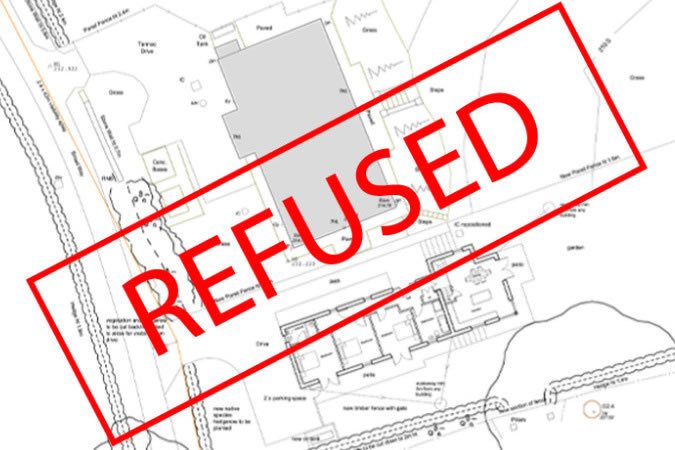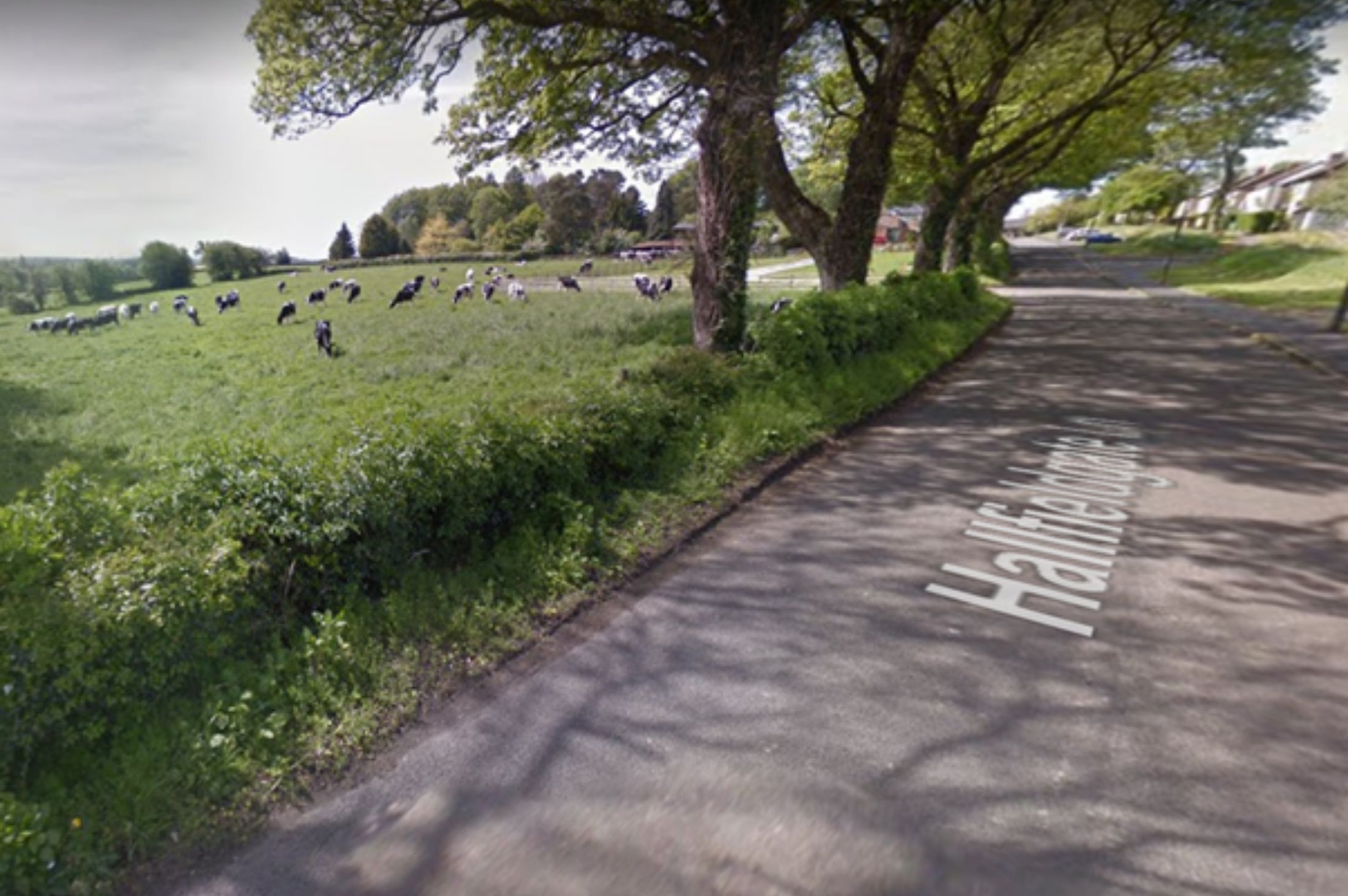The date on which biodiversity net gain (BNG) comes into law is fast approaching. Here, our Director Richard Pigott, provides answers to some FAQs about the whole process and what it will mean for applicants, landowners and homeowners.
What exactly is biodiversity net gain (BNG)?
Biodiversity net gain (BNG) is an approach to development, and/or land management, that aims to leave the natural environment in a measurably better state than it was beforehand. The minimum gain required will be 10% over and above the existing condition of the site. This habitat gain will need to be secured for at least 30 years via planning obligations or conservation covenants. BNG was stipulated in the Environment Act (2021) and the 2 year implementation period is drawing to an end.
When will BNG actually take effect?
BNG is set to become law in November 2023 with a transition period for small sites extended to April 2024. Small sites are defined as:
(i) For residential: 1-9 dwellings on a site having an area of less than one hectare, or where the number of dwellings to be provided is not known, a site area of less than 0.5 hectares.
(ii) For non-residential: where the floor space to be created is less than 1,000 square metres or where the site area is less than one hectare.
All applications submitted after these dates (the exact dates in November and April are yet to be confirmed) will need to meet the new requirements.
What are the current laws/requirements for BNG?
At present there are no laws covering BNG so it is applied inconsistently across different local authorities. Many now require some level of BNG (often as little as 0.1%) but will all change in November.
How is BNG calculated?
In simple terms, BNG is calculated by working out the baseline value of a site in habitat terms then working out the overall impact of a development using the Biodiversity Metric. This metric is designed to provide ecologists, developers, planners and other interested parties with a means of assessing changes in biodiversity value (losses or gains) brought about by development or changes in land management.
Are local planning authorities ready for the new system?
Almost certainly not. Local planning authorities and wildlife trusts are already stretched and the new system can only add more pressure to their workloads in the short term at the very least.
What if BNG cant be achieved on site?
There is a preference for onsite or local enhancements. However, in many cases it will not be possible to achieve biodiversity net gain on a development site or on adjacent land within the applicant’s ownership or control. In such circumstances, the developer can secure the unit shortfall by securing a bespoke site for net gain, or from appropriate sites on the local net gain habitat market from other landowners. These sites will need to meet the criteria of the biodiversity gain sites register when available. If a shortfall in units required to achieve BNG remains, having explored the onsite and local offsite options, a developer can purchase statutory biodiversity credits from government as a last resort.
What will off site BNG cost and will this impact viability?
At present it is very hard to predict what the cost of off-site BNG will be as there remain uncertainties about how the system will work. The Land Trust has previously suggested that BNG units could be worth around £10,000-£25,000 each, although local demand and supply are likely to be what ultimately sets unit prices. What can be said with certainty though is that BNG could be a very significant factor affecting the viability of some schemes, both large and small.
Comment
Whilst mandatory BNG is hardly an overnight concept, it certainly seems to have gone under the radar for many of our clients and eyebrows are often raised when we tell them what it could mean for their proposals. Some clients are determined to submit applications before November but this is not always possible for a variety of reasons. If you wish to discuss this issue further please do not hesitate to get in touch on 01332 347371 or email enquiries@planningdesign.co.uk.
Richard Pigott, Director – Chartered Town Planner, Planning & Design Practice Ltd












